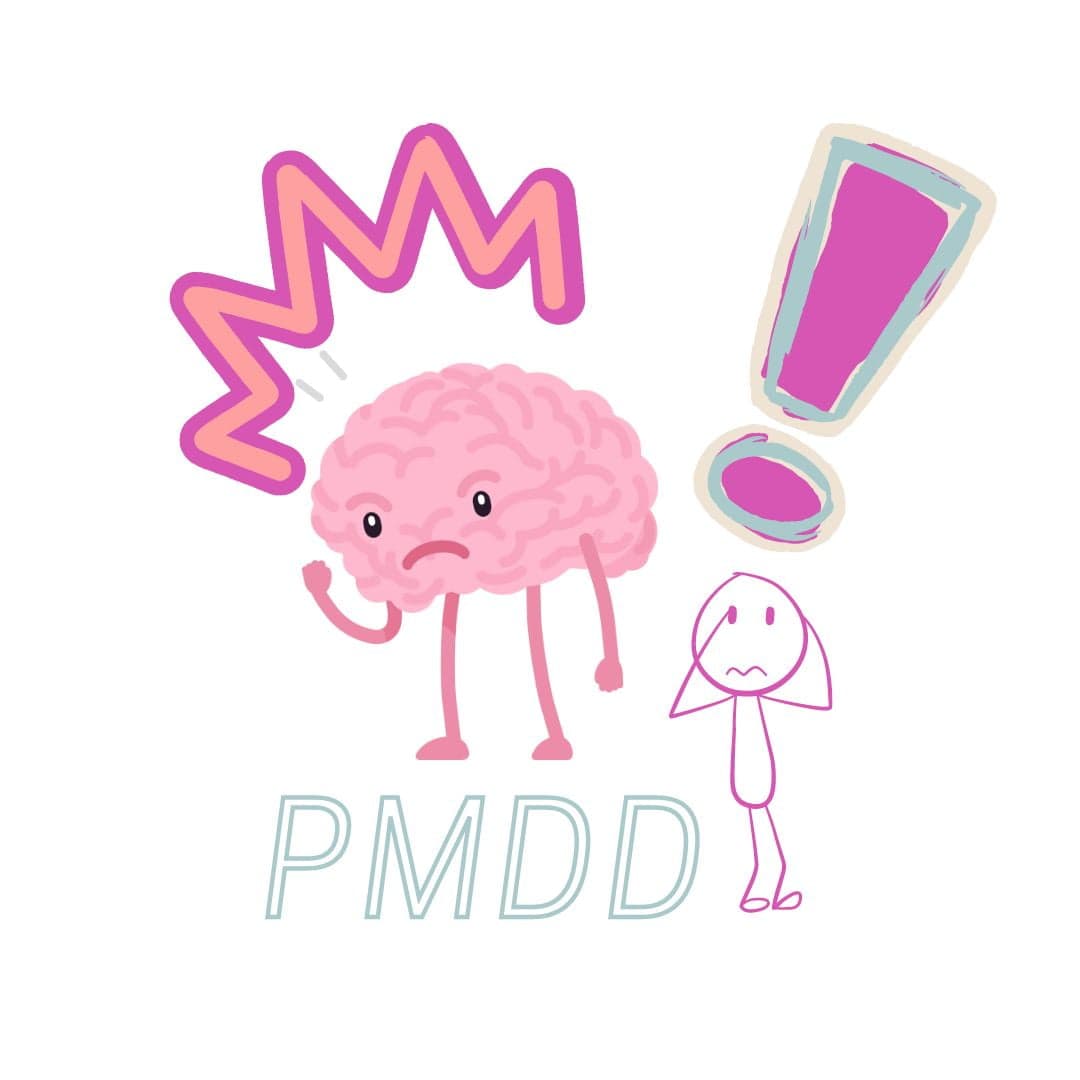PMDD was long grouped with PMS or as a severe form of PMS. But, these are not the same.
April is premenstrual disorder awareness month. The two types of premenstrual disorders are:
- PMDD: premenstrual dysphoric disorder
- PME: premenstrual exacerbation
Both of these conditions are severe and cause major disruption in life.
What is PMDD?
For a PMDD diagnosis, five of the following eleven symptoms must be present, with at least one of the first four symptoms:
- ** Markedly depressed mood, feelings of hopelessness, or self-deprecating thoughts **
- ** Marked anxiety, tension, feelings of being “keyed up” or “on edge” **
- ** Marked affective lability **
- ** Persistent and marked anger or irritability or increased interpersonal conflicts **
- Decreased interest in usual activities (e.g., work, school, friends, and hobbies)
- Subjective sense of difficulty in concentrating
- Lethargy, easy fatigability, or marked lack of energy
- Marked change in appetite, overeating, or specific food cravings
- Hypersomnia or insomnia
- A subjective sense of being overwhelmed or out of control
- Other physical symptoms, such as breast tenderness or swelling, headaches, joint or muscle pain, a sensation of bloating, or weight gain.
The other aspects of this diagnosis include:
- Symptoms are so severe that they interfere significantly with social, occupational, sexual, or scholastic functioning.
- Symptoms are related to the menstrual cycle — they occur in the second half of the cycle and go away when your period starts.
- These criteria must be met for at least two consecutive menstrual cycles.

We don't fully understand PMDD; however, we're coming to understand that post-ovulatory progesterone production has a paradoxical impact on the brain and creates the symptoms experienced in PMDD.
Please seek out care if you are experiencing the symptoms listed above. PMDD can really get in the way of life and relationships. It's also important to tease out whether it is PMDD or a different mental health diagnosis that gets worse before your period. This is called PME or a premenstrual exacerbation. This will allow you to get the appropriate care for you.
Diagnostic criteria from Stat Pearls 2022 source.

